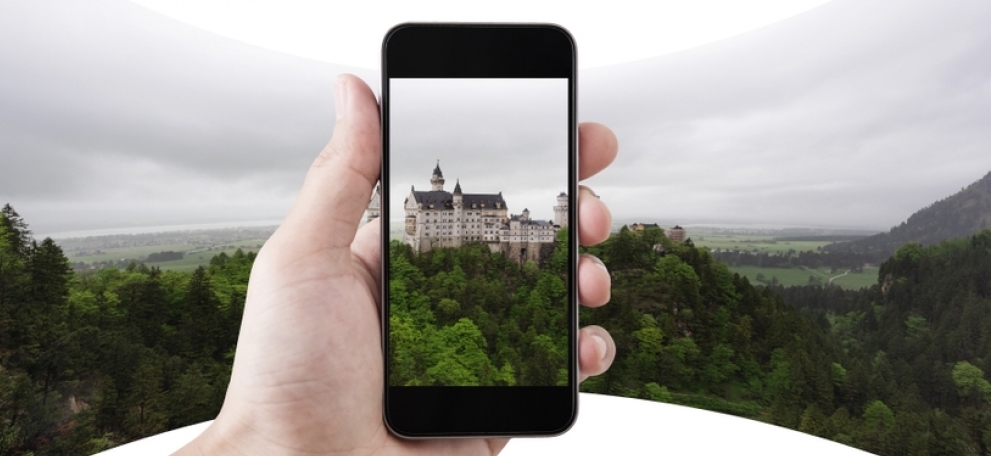Virtual tours are not exactly a new invention. They’ve been around for well over a decade, and many museums have long discovered their benefits: They can let people on the other side of the world explore a collection; let seasonal museums engage with visitors year-round; and captivate younger audiences raised on digital technologies.
I don’t think anyone quite expected a massive new impetus for museum’s to go virtual to come in the form of COVID-19. The lockdowns have meant tens of thousands of museums across the world have shut their doors to visitors. Tragically, UNESCO says thousands of them are expected never to reopen. The best and safest way most museums can remain “open”–in a manner of speaking–is through these virtual tour technologies.
So what are these technologies, and how can museums best use them?
What is a Virtual Museum Tour?
Virtual tours are based around a series of panorama photos wrapped around a central point, to give the user the impression they’re actually standing in a spot and looking around.
Think of how a world map tries to project a spherical shape (the earth) onto a flight area (the map). Panorama shots do the same thing, except instead of looking at the projection from the outside, you’re viewing it from the inside, with the image wrapped around you in every direction. You can look up and down and to every side, and feel like you are physically standing there.
A virtual tour combines a number of these photos and layers on top a variety of pieces of information. There’s the skin which is the overlay that helps you navigate the viewer, and gives you additional information.

A skin can provide a floor plan, showing you exactly where you are in the museum (top right), links to the institution (top left), and tools for navigating the viewer (bottom).
Then there are hot spots. These are areas clickable areas specific to each panorama. The most important hot spots are arrows or directional icons that take you to the next stop of a virtual tour. These are called tour nodes. Hot spots are also clickable objects on museum exhibits, that expand to give you more information. These can include text, pictures, video, audio, and pretty much any other kind of multimedia you can think of.

When you combine these basic elements together, you realize there’s already a virtually limitless number of ways museums can use these tools.
If you can include text, images, audio, and video into a virtual tour, what parts of your collection is it not possible to include? While a virtual tour can never truly substitute for the real experience, virtually anything included in a museum’s can still be showcased for visitors, given a permanent online home accessible from anywhere on earth.
In addition, temporary exhibits can be made permanent–after a fashion–through virtual tours.
Taking the Tours Outside
A very exciting possibility for virtual tours is to take them beyond the museum, and out into nature, into historical sites, and into the community.
360 cameras even have the capability to take video, meaning that these panoramas can be turned into live videos that the user can experience the same way, while taking in experiences around them.
The possibilities for outdoor tours are practically endless. We at On This Spot are currently developing two outdoor tours, one that examines the geology, ecology, and First Nations history of a river in Alberta, while another looks at urban design and sustainability in Vancouver, and explains aspects of the lived city environment to people, and the thought that goes behind them.
Hiking trails, national parks, archaeological digs, and urban centres are all places where fascinating and engaging virtual tours can be created, and we are working hard to become experts in the field in the months to come.
Stay tuned for the next blog post, where I’ll give a step-by-step explanation of how a museum can create and publish its own virtual tour without buying any expensive equipment, or paying a dime.
